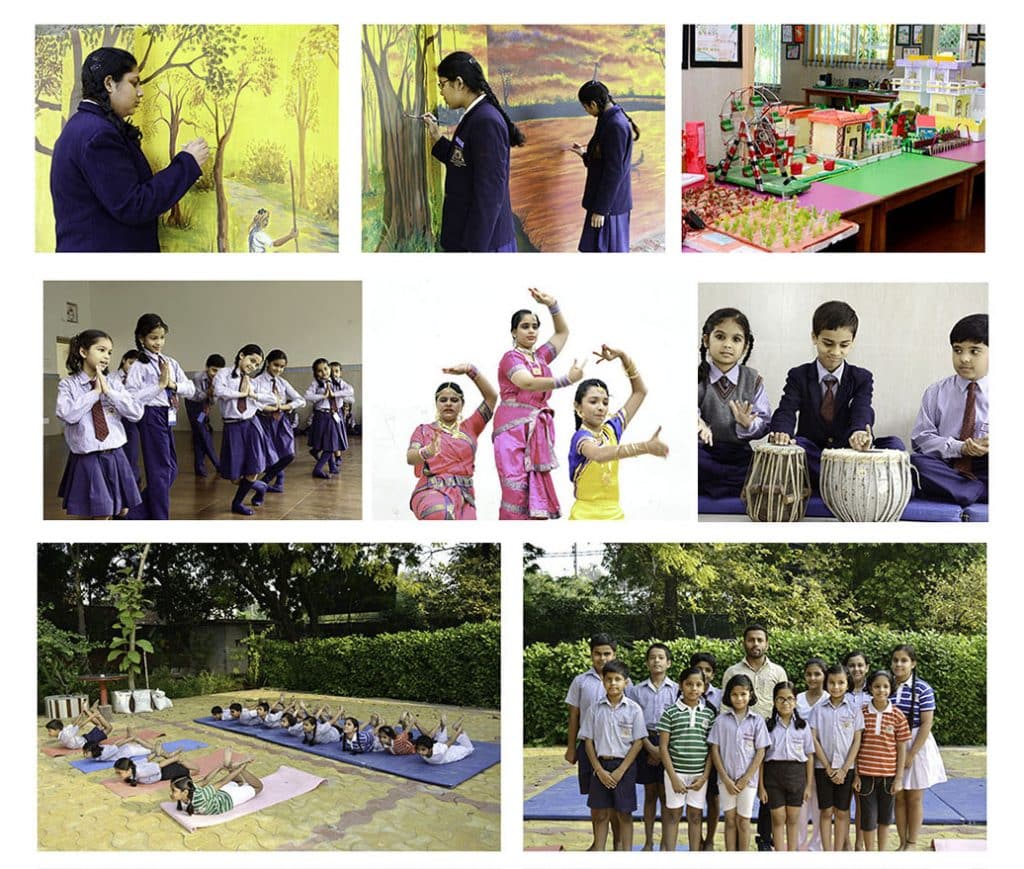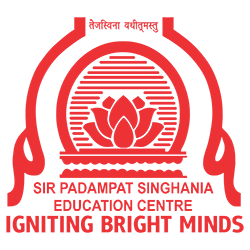- About
- Academics
- Campus
- Admission
- Beyond Classroom
- Activities and Events
- Chronicle
- Student Council
- CHAUPAL
- Abhivyakti
- Spsecmun
- Workshop
- Ethics Club
- Dramaturgy
- Views Of Toppers Of SPSEC
- Achievements
- COAL
Sir Padampat Singhania Education Centre is running various clubs and societies for its students to broaden their horizons. These programmes fit seamlessly into the curriculum of our school which sincerely wishes to develop qualities of self – reliance, enterprise, perseverance, and concern for others in students. It provides a very good structure and meets the four – fold aim of education – learning to do, think, be and live together.
We are running various number of Clubs:
The literature on youth sport stresses the positive effects of participation in learning the important life skills of goal setting and time management combined with enjoyment; the development of a strong sense of morality; and the development of an appreciation of diversity. 33 Longitudinal studies have shown that children and youth participating in sports, when compared to peers who do not play sport, exhibit:
These outcomes are thought to be related to the contribution of sport to learning values and skills associated with initiative, social cohesion, self-control, persistence, and responsibility. Theories of positive youth development stress the importance of sport in acquiring skills that are beneficial in other domains (e.g., school, family, work) that lead to better adaptive skills. Sport provides opportunities for children and youth to engage in valuable and positive relationships with adults, which is especially important when such benefits are not available at home. Numerous studies have demonstrated the positive effects of playing sport on academic achievement, in large part because of the positive influence of identity formation and emotional development.
Sir Padampat Singhania Education Centre is running various clubs and societies for its students to broaden their horizons. These programmes fit seamlessly into the curriculum of our school which sincerely wishes to develop qualities of self – reliance, enterprise, perseverance, and concern for others in students. It provides a very good structure and meets the four – fold aim of education – learning to do, think, be and live together.
We are running various number of Clubs:
The literature on youth sport stresses the positive effects of participation in learning the important life skills of goal setting and time management combined with enjoyment; the development of a strong sense of morality; and the development of an appreciation of diversity. 33 Longitudinal studies have shown that children and youth participating in sports, when compared to peers who do not play sport, exhibit:
These outcomes are thought to be related to the contribution of sport to learning values and skills associated with initiative, social cohesion, self-control, persistence, and responsibility. Theories of positive youth development stress the importance of sport in acquiring skills that are beneficial in other domains (e.g., school, family, work) that lead to better adaptive skills. Sport provides opportunities for children and youth to engage in valuable and positive relationships with adults, which is especially important when such benefits are not available at home. Numerous studies have demonstrated the positive effects of playing sport on academic achievement, in large part because of the positive influence of identity formation and emotional development.

Stay updated with the latest development and event by subscribing our Newsletter.

Sir Padampat Singhania Education Centre is the best school in Kanpur, consistently ranked among the top educational institutions. Known for its excellence in academics, innovative teaching methods, and holistic student development, SPSEC stands out as a premier choice for quality education. Our state-of-the-art facilities, comprehensive curriculum, and dedicated faculty make us the top destination for parents seeking the best education for their children in Kanpur.
Copyright – 2024-25. Sir Padampat Singhania Education Centre. All Rights Reserved.